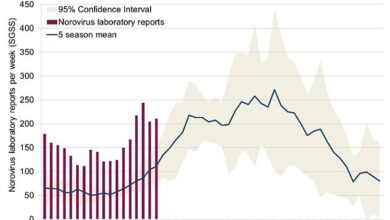Experts identify everyday trigger for terrifying locked-in syndrome




People with higher levels of toxic metals in their blood or urine may be at greater risk of the life-destroying condition amyotrophic lateral sclerosis (ALS), alarming research published today suggests.
Scientists have long associated ALS, also known as “locked in syndrome,” with environmental toxins, including exposure to metals and pesticides.
The disease, which can lead to paralysis and eventually death, claimed the life of Sandra Bullock’s partner last year. One of its most high-profile victims was the celebrated scientist Stephen Hawking.
But now American researchers believe that higher exposure to metals in the blood and urine may also reduce the chance of ALS survival.

Scientists have long linked ALS, also known as locked-in syndrome, to environmental toxins, including exposure to metals and pesticides. ALS was made famous by acclaimed scientist Stephen Hawking

The disease, which can lead to paralysis and eventually death, claimed the life of Sandra Bullock’s partner Bryan Randall (pictured with Sandra Bullock in 2018) last year.

The ALS Association revealed that the death of Sandra Bullock’s partner Bryan Randall sparked a 500 percent increase in donations to the charity. His family asked people to donate to the ALS Association instead of sending or buying flowers.
Experts said today that the research showed the importance of limiting risky activities associated with metal exposure, such as machining, and said further research was “essential” to improve future treatments.
Dr. Stephen Goutman, lead author of the study and associate director of the ALS Center of Excellence at the University of Michigan, said: ‘Increasing our understanding of the importance of metal exposure as a risk factor for ALS is essential for future targeted disease prevention and improved therapeutic strategies.
‘Several epidemiological studies have linked metal exposure to the risk of ALS.
“However, it remains of great importance for us to understand how these metal mixtures relate to ALS risk and survival. We also need to be able to determine who is most at risk of exposure or who is most susceptible to exposure.”
Dr. Dae Gyu Jang, co-author and postdoctoral researcher in neurology at the University of Michigan, added: ‘These findings highlight the need to consider occupational and environmental factors when evaluating an individual’s overall exposure risk.
“Our future research will continue to focus on the exposures that have the strongest associations and their consequences for disease.”
Also known as motor neurone disease (MND), ALS is a rare condition in which parts of the nervous system are gradually damaged.
It occurs when specialized nerve cells in the brain and spinal cord, called motor neurons, stop working properly. This is also called neurodegeneration.
The life expectancy of about half of people with this condition is only two to five years from the onset of symptoms.
However, some people can live up to 10 years, and in rare cases even longer.
In the UK, approximately 5,000 people and in the US 30,000 people suffer from this condition.
Locked-in syndrome (LIS) is a rare neurological disorder that can also occur in some progressive cases of ALS.
In the study, the researchers measured metal levels in plasma and urine samples from more than 450 people with ALS and nearly 300 people without the condition.
They found that elevated levels of individual metals, including copper, selenium and zinc, were significantly associated with a higher risk of ALS and earlier death.
Using these results, they created environmental risk scores for ALS, showing that mixtures of metals in plasma and urine are associated with about a threefold increased risk of the disease.
Writing in the Journal of neurology, neurosurgery and psychiatryThey added that participants working in occupations where they are more likely to be exposed to metal had higher concentrations of metal mixtures in their blood and urine.
It is estimated that around 300 Britons and fewer than 1,000 Americans live with locked-in syndrome.
It is caused by damage to the brain stem, which contains the nerves that transmit information to other parts of the body.
Such damage usually occurs due to a lack of blood supply or due to bleeding after severe physical trauma.
Locked-in syndrome exists on a scale where some patients can move more parts of their body than others. However, there is currently no cure for the condition.
Many patients are confined to bed and require constant care, able to breathe, eat and drink only through special medical tubes.
Instead, treatment focuses on developing small voluntary actions that the patient can perform, such as finger movements, swallowing, and making sounds.




